The Mazda MX-5 RF stands as a testament to the fact that pure driving pleasure doesn't require a six-figure price tag. In a market increasingly dominated by SUVs and electric vehicles, this retractable-fastback version of Mazda's iconic roadster offers something increasingly rare - affordable open-top motoring with genuine character.
What makes the MX-5 RF particularly compelling is how it balances the traditional roadster experience with modern practicality. The clever roof mechanism transforms the car from coupe to convertible in just 13 seconds, and unlike traditional soft-tops, the RF's folding hardtop maintains the car's structural rigidity while providing better insulation from the elements. This engineering marvel operates at speeds up to 10 km/h, meaning you can put the roof down at traffic lights without holding up traffic.
The heart of the MX-5 experience remains its sublime driving dynamics. The RF version shares the same perfect 50:50 weight distribution as the soft-top, and while the roof mechanism adds about 45kg, the difference in handling is negligible to all but the most experienced drivers. The electrically-assisted steering provides just the right amount of feedback, allowing you to place the car precisely through corners. At just over a meter tall, the MX-5 RF sits so low to the ground that you feel connected to the road surface in a way that's become increasingly rare in modern cars.
Power comes from Mazda's 2.0-liter Skyactiv-G four-cylinder engine, which in most markets produces around 181 horsepower. While these numbers might seem modest compared to today's turbocharged hot hatches, the MX-5's magic lies in how it delivers its power. The naturally aspirated engine loves to rev, building smoothly to its 7,500 rpm redline with an enthusiastic growl that's perfectly tuned for open-top motoring. The six-speed manual transmission (a six-speed automatic is optional) has one of the best shift actions in the business - short, precise throws with perfect weighting.
Where the RF truly differentiates itself from the soft-top is in its everyday usability. The fastback design gives the car a more substantial presence on the road, looking every bit like a proper grand tourer when the roof is up. Noise levels are significantly lower than the soft-top version at highway speeds, making longer journeys more comfortable. The rear buttresses remain in place when the roof is down, creating a distinctive "flying buttress" look while reducing wind buffeting in the cabin.
Practicality is relative in a car this size, but Mazda has made the most of the MX-5's compact dimensions. The trunk offers just enough space for a weekend away for two, and the cabin features clever storage solutions like lockable compartments between the seatbacks and rear bulkhead. The infotainment system, while not as flashy as some German rivals, is straightforward to use with physical controls complementing the central rotary controller.
The interior design follows Mazda's Jinba Ittai ("horse and rider as one") philosophy, with everything oriented toward the driver. The seating position is low and perfect, the steering wheel adjusts for both reach and rake, and the pedals are ideally positioned for heel-and-toe downshifts. Materials quality has improved significantly over previous generations, with pleasing textures and well-judged metallic accents that elevate the cabin beyond its price point.
Owning an MX-5 RF brings joys that extend beyond the driving experience. The car's compact size makes it perfect for urban environments, slipping into parking spaces that would defeat larger vehicles. Fuel economy is excellent for a petrol-powered sports car, with real-world figures often matching Mazda's claimed 7.0L/100km combined cycle. Maintenance costs are reasonable by sports car standards, and the MX-5's reputation for reliability means you can enjoy top-down motoring without constant visits to the workshop.
What's perhaps most remarkable about the MX-5 RF is how it delivers the essence of classic British and Italian roadsters without their notorious reliability issues. The car captures that same sense of freedom and connection to the driving experience, but with Japanese engineering and build quality. The roof mechanism in particular demonstrates Mazda's attention to detail - it's complex enough to provide genuine versatility, yet simple enough to be reliable long-term.
In a world where cars keep getting heavier, more isolated, and more expensive, the MX-5 RF remains refreshingly true to the original sports car formula. It proves that you don't need massive power outputs or aggressive styling to create an engaging driving experience. The combination of rear-wheel drive, perfect weight distribution, and a rev-happy naturally aspirated engine creates a purity of purpose that's increasingly rare at any price point, let alone under $30,000.
The MX-5 RF isn't about straight-line speed or technical specifications that look impressive on paper. It's about the way the steering weights up as you turn into a corner, the perfect pedal placement for heel-and-toe downshifts, and the joy of dropping the roof on a sunny day. These are sensations that many modern cars have engineered out in pursuit of mass-market appeal, but Mazda has kept them alive in the MX-5 for over three decades now.
For those who love driving, the MX-5 RF offers something increasingly precious - an affordable car that prioritizes feel and feedback over outright performance numbers. It's a reminder that sometimes, less really is more. The lack of turbocharging means you experience every last horsepower, the modest weight means you don't need huge brakes or tires, and the compact dimensions make every journey an event rather than a chore.
As automotive enthusiasts lament the passing of traditional sports cars in favor of high-riding crossovers, the Mazda MX-5 RF stands as proof that the flame of affordable driving pleasure still burns bright. It's a car that makes no apologies for what it is - a pure, focused driver's machine that just happens to offer open-air motoring when the mood strikes. In doing so, it keeps alive a tradition of accessible sports cars that dates back to the original MG T-types and continues to inspire new generations of driving enthusiasts.

By /Jun 14, 2025

By /Jun 14, 2025
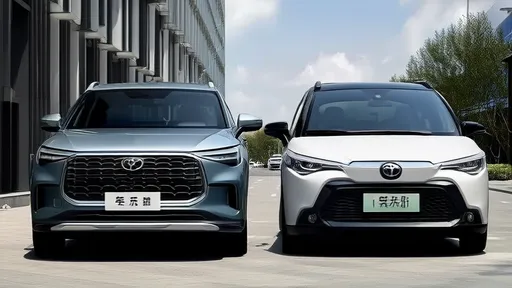
By /Jun 14, 2025
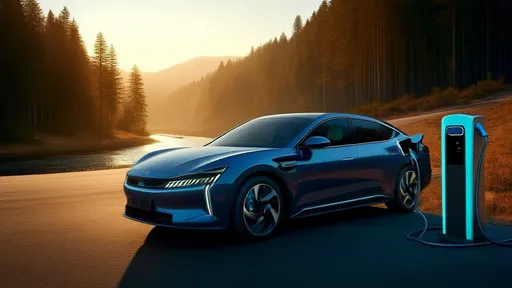
By /Jun 14, 2025

By /Jun 14, 2025
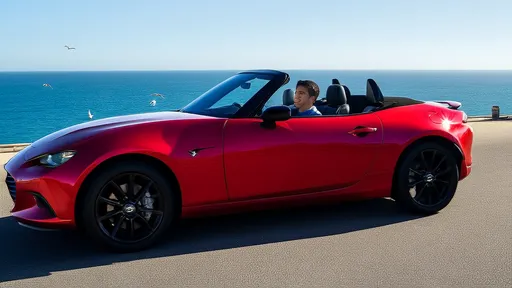
By /Jun 14, 2025
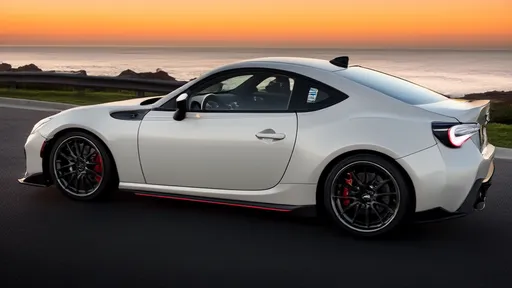
By /Jun 14, 2025

By /Jun 14, 2025
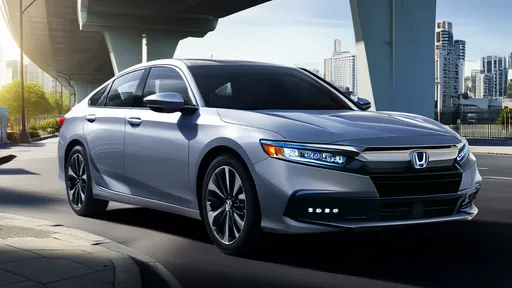
By /Jun 14, 2025
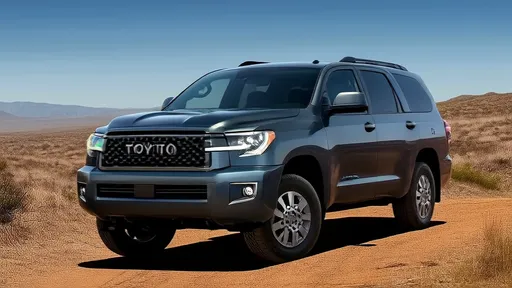
By /Jun 14, 2025
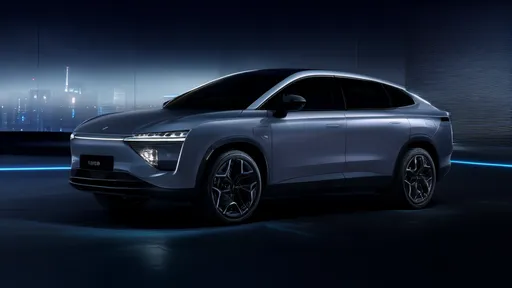
By /Jun 14, 2025
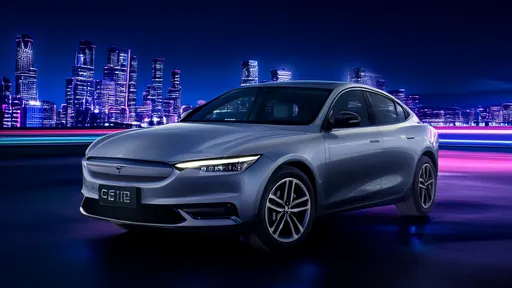
By /Jun 14, 2025

By /Jun 14, 2025
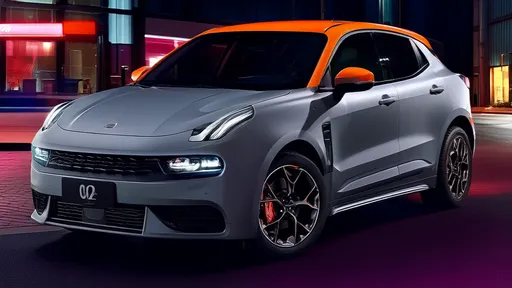
By /Jun 14, 2025

By /Jun 14, 2025
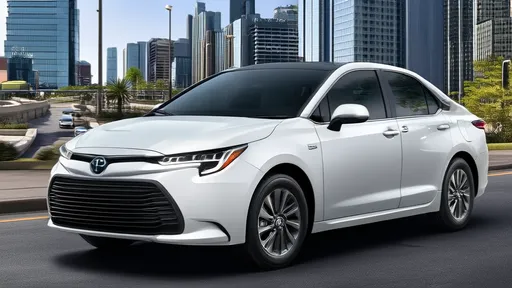
By /Jun 14, 2025
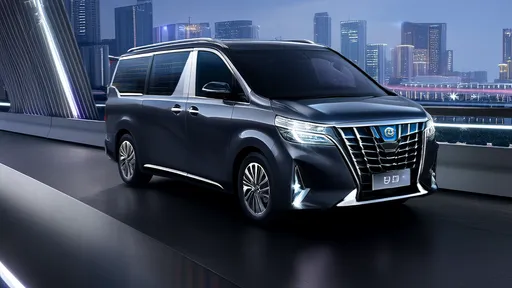
By /Jun 14, 2025
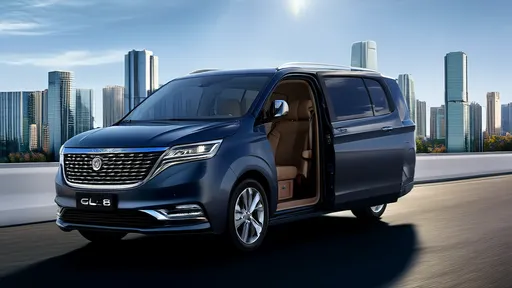
By /Jun 14, 2025
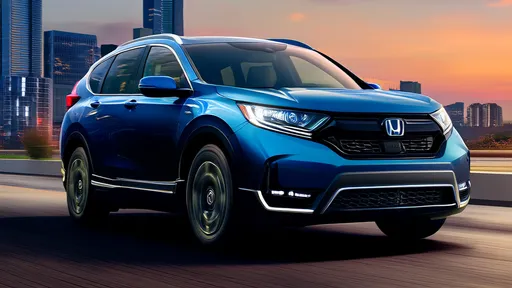
By /Jun 14, 2025
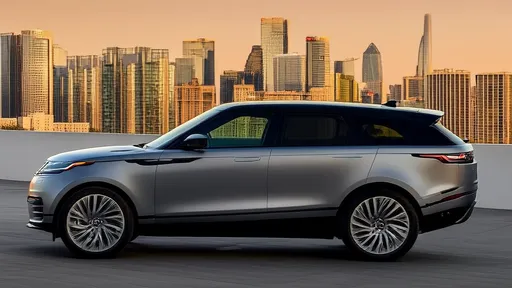
By /Jun 14, 2025